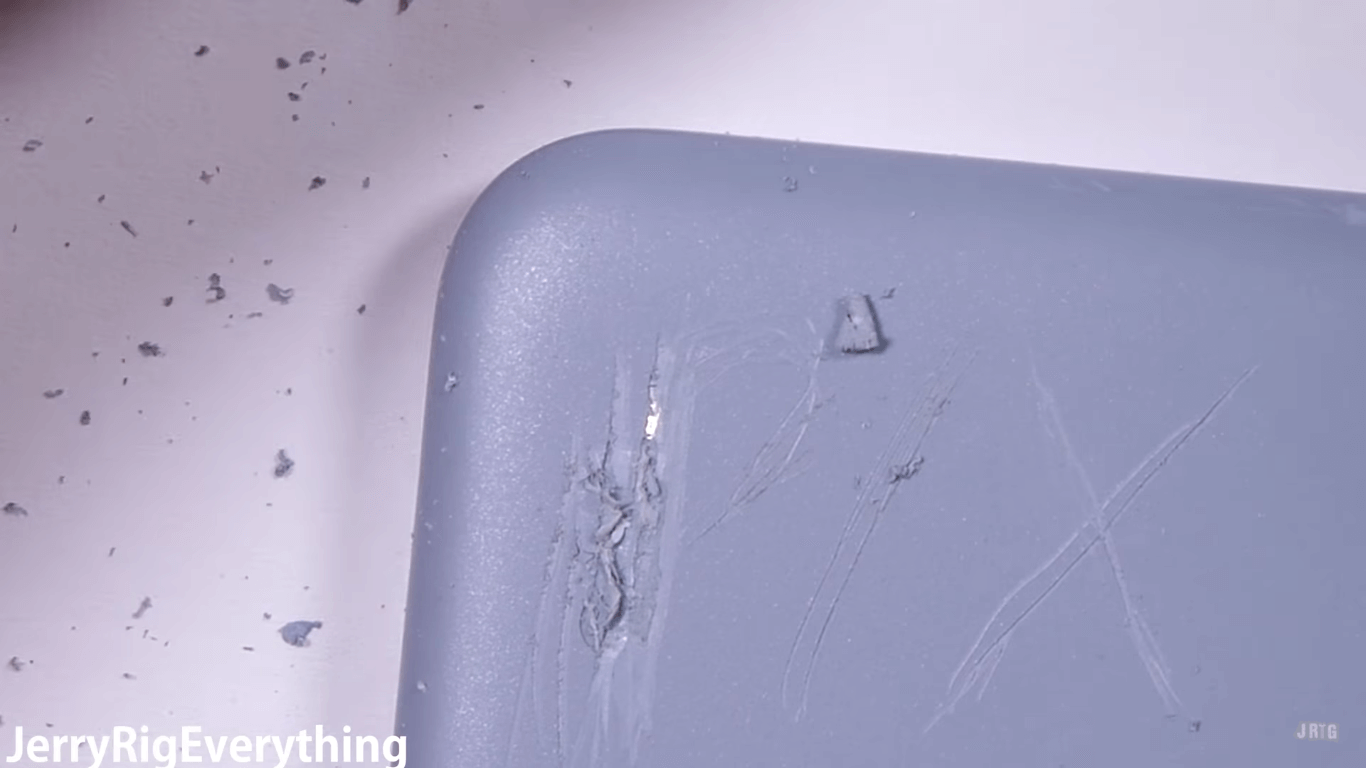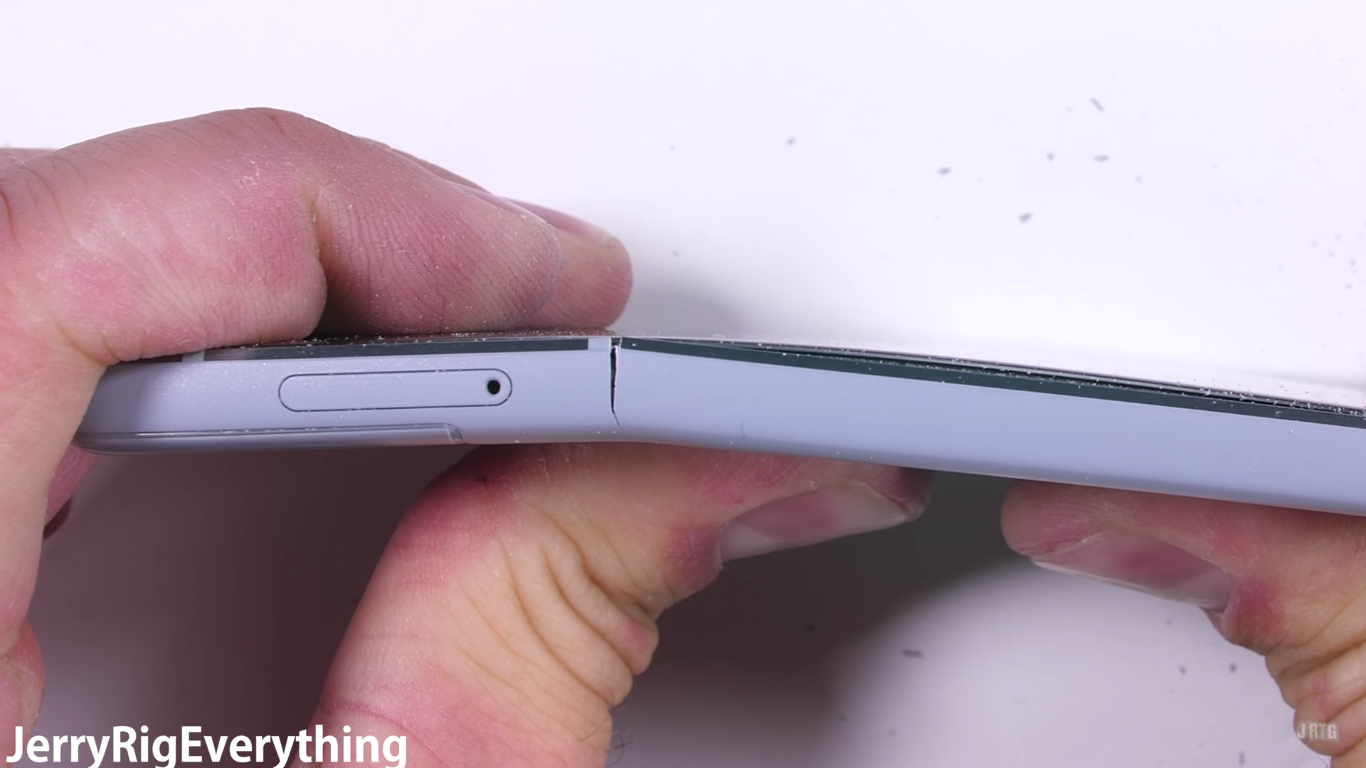The Pixel 2 and Pixel 2 XL have only been out for one day and already, there are questions concerning durability.
One of the first things that people notice about Google's new flagship device is that it feels like it is made out of plastic. Of course, it's not; the phones are composed of aluminum and Gorilla Glass. However, Google decided to coat the aluminum in a so-called "premium hybrid coating" (aka paint) for ergonomic reasons and to give it a unique look.
So while it might feel fragile, it is still made out of the same materials as every other phone. However, physical composition is not solely what dictates a device's durability. Design plays an even more significant part in how well a phone can hold up to stress. One misplaced antenna line, for example, can create a weak point that spells disaster under the right conditions.
YouTube channel JerryRigEverything recently got its hands on a Pixel 2 and decided to put it to the test. The YouTuber, whose real name is Zack Nelson, is known for pushing smartphones to their limit and has stress tested over 70 models to date.

Scratch tests were first on the list. The screen did well, needing a level six mineral pick to scar the surface. This result was expected since Google uses the same Gorilla Glass on its display as the iPhone 8 and Galaxy S8, both of which suffered the same level six damage.
The rear of the phone did not fair as well. The coating was easily marred using a razor blade or a level three pick. To be fair, despite what Google's "tech specs" say, the coating did not appear to be just "paint" and seemed to be a type of plastic or "premium hybrid coating" as Google referred to it in its keynote.
However, regardless of what the material is made of, it still scratches easily. This weakness might not be a serious problem until you consider that the fingerprint scanner is coated in the same material. The rear-facing sensor scratched just as readily as the rest of the back casing. What's worse is that unlike other fingerprint scanners, the Pixel 2's stopped functioning after being scratched.
More troubling than its lack of scratch resistance is how easily the Pixel 2 flexed and the damage that the bending caused. Nelson was able to warp the phone by hand meaning that if it were sat on (if it were in your back pocket, for example), it would likely sustain significant damage.

The casing ruptured and peeled away from the screen on the very first flex and the chassis cracked right at an antenna line, just below the SIM slot. Nelson says this is the worst place to put a plastic antenna line because it is "historically the weakest point on every cell phone." This also happens to be where the squeeze sensor for the Pixel 2 is located which might be a contributing factor to the weak spot.
While scratches will not ruin the phone, they look worse and happen easier on the coating than they would on aluminum. Bending will not render the phone unusable either but it will lose all water and dust resistance. Flexing will crack the chassis and possibly the screen as well. The Pixel 2 is even more at risk for back-pocket breakage than the iPhone 6S and Nexus 6P were.
JerryRigEverything could not put the phone on the "Shelf of Shame" since it did not suffer catastrophic damage but Nelson said the phone is not for him. He prefers something "feature-rich" and sturdy.
If you have already picked up a Pixel 2, it is highly recommended that you protect it with a case or a skin if you want the phone to last a few years.